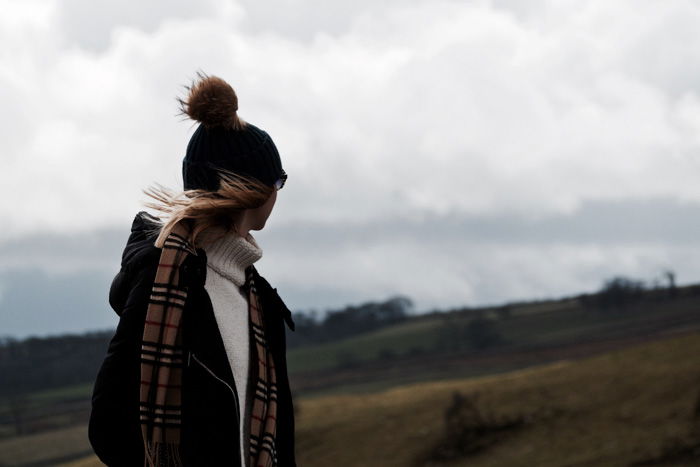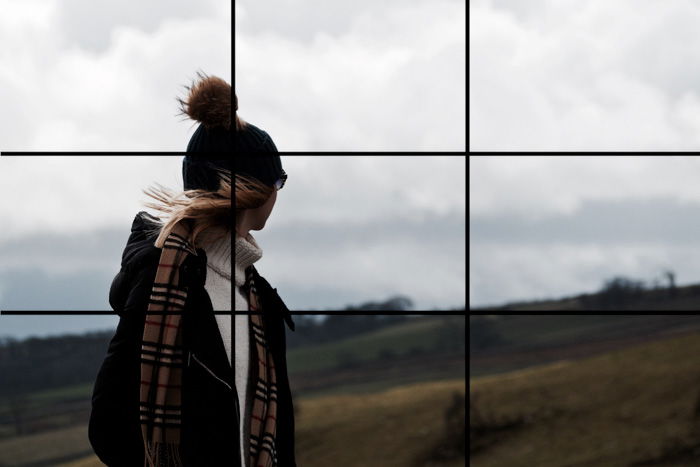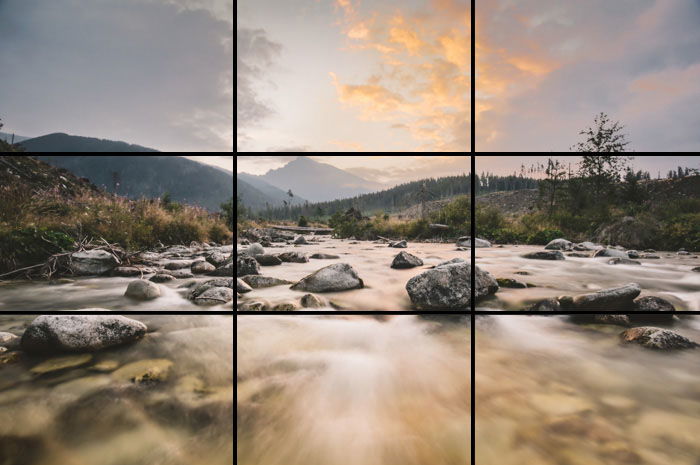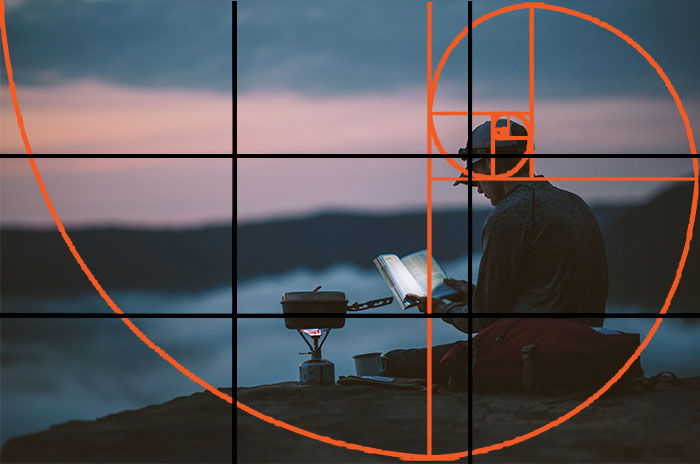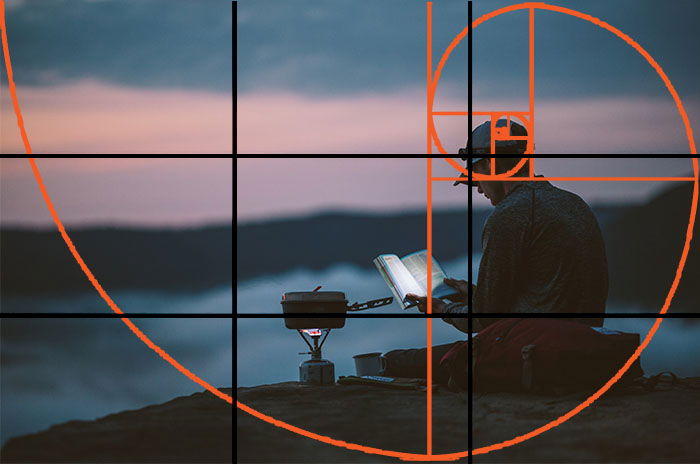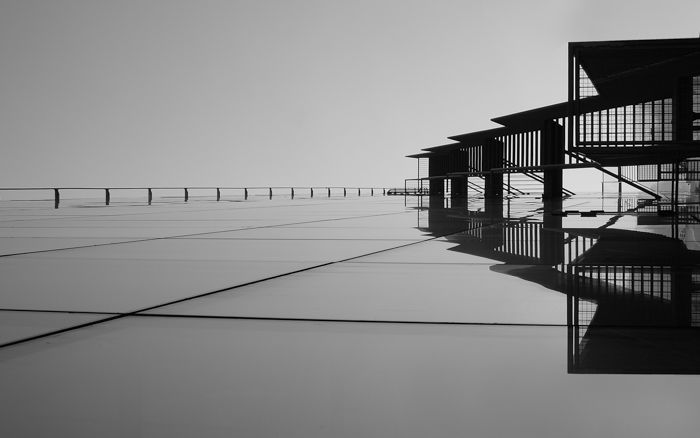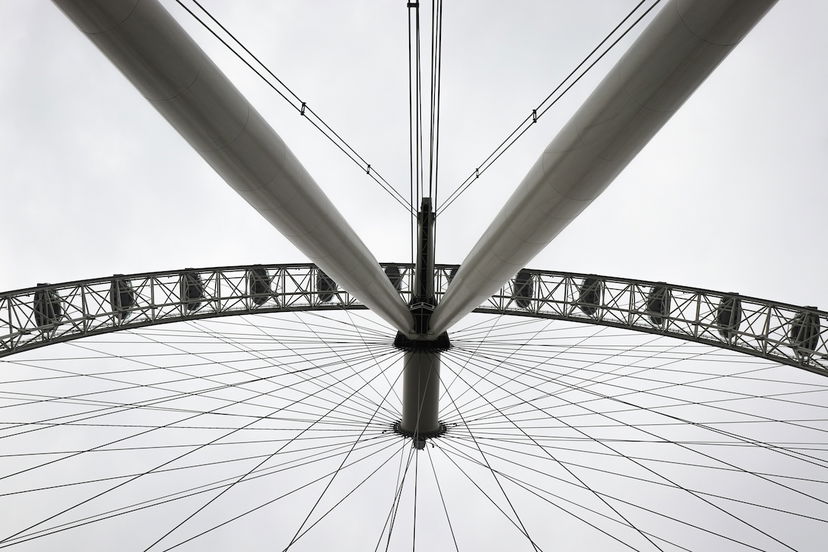Golden Ratio Composition vs Rule of Thirds (Best Uses)
The golden ratio composition is a mathematical rule that creates aesthetically pleasing images. The rule of thirds is a simpler guideline that also produces good results.
Our article compares and contrasts these two compositional methods. Because the golden ratio grid is like the rule of thirds, we’ll use the more dynamic golden spiral instead to compare the two.
- Transform mundane scenes into stunning images easily.
- Master 134 composition rules with an easy-to-follow eBook.
- Keep essential tips handy with printable cheat sheets.
What Is the Golden Ratio Composition in Photography Using the Golden Spiral?
The golden spiral is a compositional tool. It is also known as the Fibonacci spiral or golden ratio. The golden spiral is part of every natural object. It can be written as a mathematical equation of A ÷ B = (A + B) ÷ A = 1.61803398875. In a short form ratio, it is 1:1.618.
Like many other compositional methods, classical painters were the first to use this technique. We prefer images with a sense of harmony, and the golden ratio is one way to balance your image. It keeps leading the viewer’s eyes around your image in a balanced way.
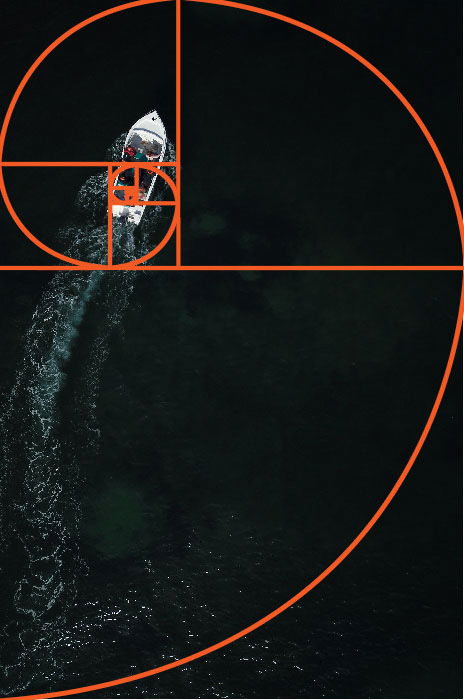
The great thing about the golden spiral is that you can use it in eight different ways. You can apply it in four ways in portrait orientation.
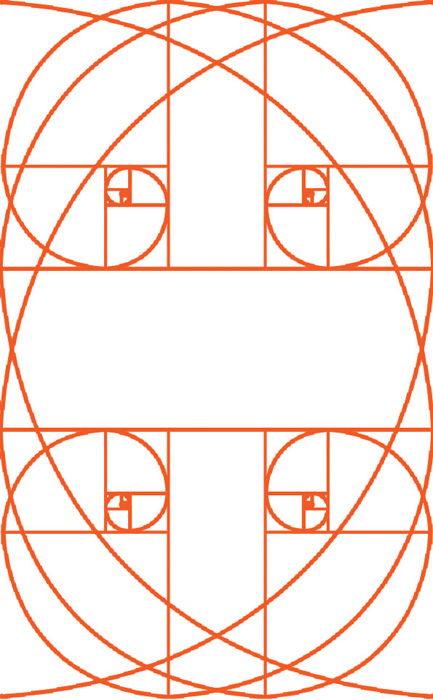
And you can apply it in four ways in landscape orientation.
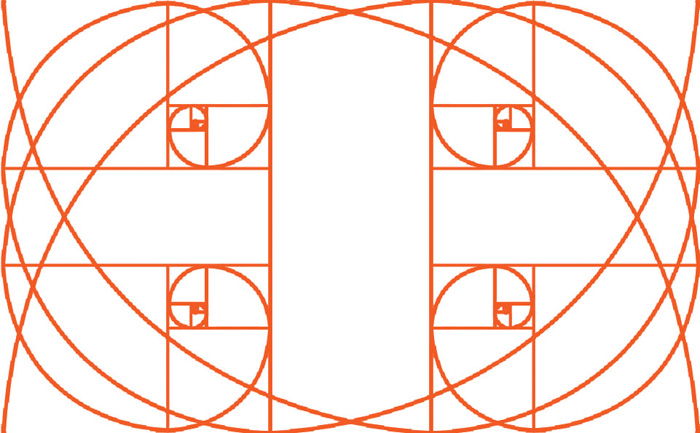
What Is the Rule of Thirds?
The rule of thirds is another compositional rule. Our cameras and often our image editing software can help us use the rule of thirds. Imagine dividing your scene into thirds. First, divide it horizontally, then vertically.
Then, place two imaginary horizontal lines in your scene. One is at one-third and the second at two-thirds. Next, place two lines vertically, again at one-third and two-thirds. You get a grid that divides your scene into nine rectangular areas.
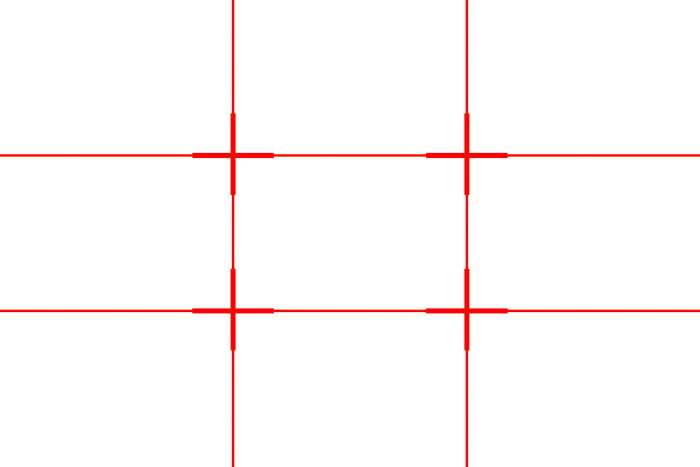
Place the object or subject at one of the intersecting points to use the rule of thirds. This could be top left or right, or bottom left or right.
Placing the subject or object at these points makes the image more aesthetically pleasing. It is a better visual effect than placing the object in the middle.
For landscapes, don’t place the horizon at the halfway mark. Instead, reach for the one-third and two-thirds distribution, respectively. The rule of thirds is about breaking the flat and conventional angles.
For example, if you photograph a soft, misty water scene, compose one-third water and two-thirds sky or vice versa. This will depend on which part of the photo you want to focus on.
Of course, you can use these two rules together. This makes the photo composition much more interesting and well thought out.
Which Composition Rule Is Better?
When it comes to the golden ratio vs the rule of thirds, the decision depends on what you photograph.
Use the Rule of Thirds to Add Interest to a Minimal Scene
In general, the rule of thirds is best for most minimal scenes. These scenarios don’t have much distraction in terms of depth and alignment. You won’t find many different subjects in the middle ground or background.
What if your focal point clearly emphasizes one specific subject? In that case, it’s worth placing it at an intersecting point of a nine-grid. These would include simple portraits or images of one object.
But it wouldn’t work for product photography. Here, the object is the main focus, and creativity is less important. The viewer’s eyes will move around the composition if more happens in your scene.
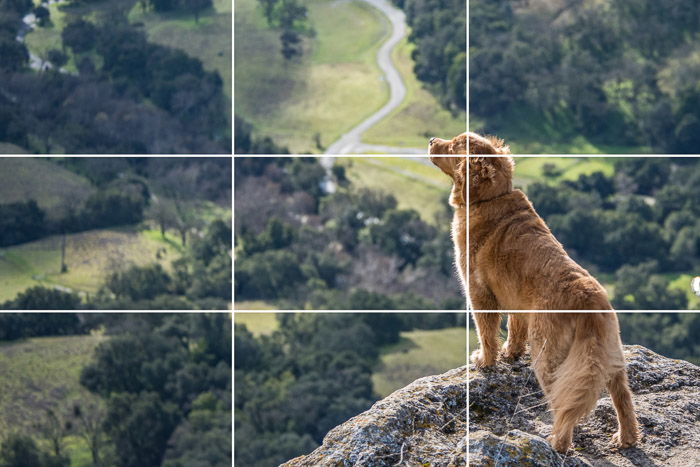
Use the Golden Spiral to Emphasize Movement
Using the golden spiral concept, you move the viewer’s eyes along the line. Their eyes then rest on the end of the spiral. This is best used for travel images where many things happen in a scene. They could be people, buildings, and other subjects or objects.
The golden ratio is often used to add or emphasize movement in a picture. You can use it to evoke a dynamic feeling in your image.
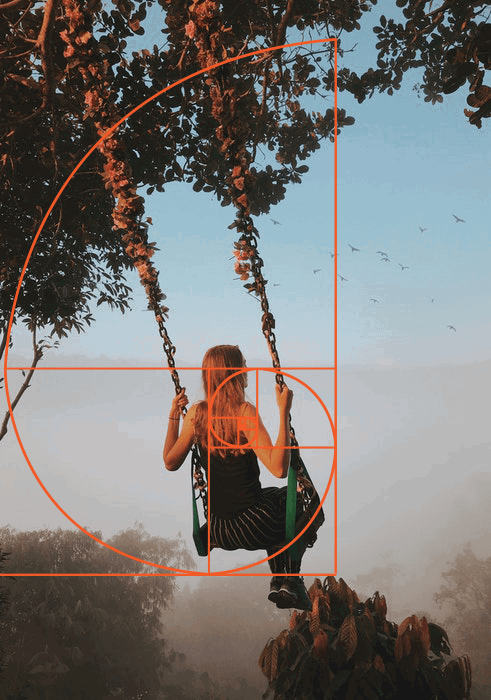
Choose the Best Compositional Rule for the Scene
When we enter the world of photography, we all learn the rule of thirds. It is by far the most common compositional rule. We find images more pleasing when focal points sit on the intersections determined by the rule of thirds.
But which compositional rule we use always depends on the scene. What if we have a scenario where not much is happening? We can then use the rule of thirds. It helps make the picture look more exciting.
The golden ratio spiral is more complex. We can use it in scenes that show movement. Always look for a motion that mimics a certain radial bend throughout the frame to guide the eye as a general rule.
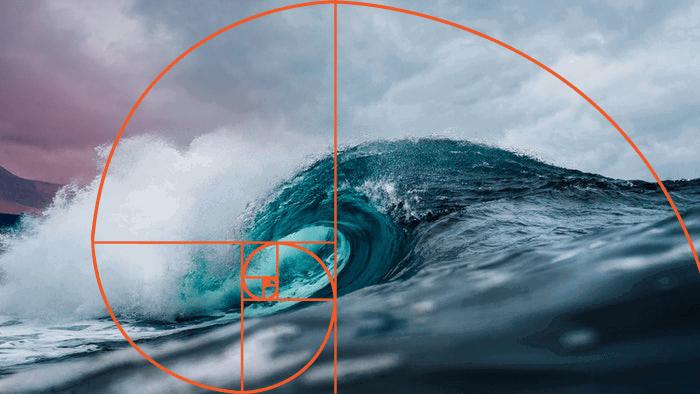
Conclusion: Golden Ratio Composition vs Rule of Thirds
When it comes to these two common compositional rules, the final decision depends very much on the scene you’re capturing. The rule of thirds might be easier to use at the beginning. The golden ratio composition of a spiral adds dynamism and emphasizes movement.
Remember, compositional rules are only guidelines. As you train your creative eye, you start to compose photos in your own way. They might not even fit any rule. Often, these are the most unique and exciting photographs.
Check out our Intuitive Composition eBook for more tips!
- Transform mundane scenes into stunning images easily.
- Master 134 composition rules with an easy-to-follow eBook.
- Keep essential tips handy with printable cheat sheets.
